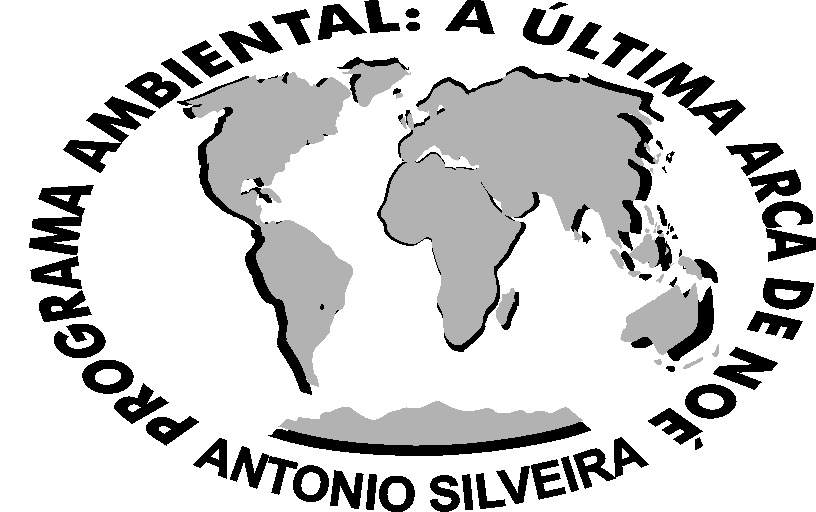
BRAZIL'S ECOSYSTEMS
SCRUBLAND

BRAZIL'S ECOSYSTEMS
SCRUBLAND
Definition and characteristics
Scrubland is a vegetal formation
characteristic from Brazilian Northeast which covers more than 70% of its
area. It is also called backlands, or semi-arid. There are big
desertification processes.
Total Area: 1.100.000 km2
Human interference area: 800.000 km2.
In the winter, scrubland vegetation
become dried up, because plants lose their leaves for eliminating the
evaporation surface when water is absent. Some plants store water as the
cactus barrigudos.
The small number of rivers and lakes in
the scrubland region are temporary, being dry in almost all the year.
Biodiversity
Because of the conditions of
this ecosystem, biodiversity is not too big, if in comparison to another
ones.
Flora: some principal vegetal species are:
Schinopsis
brasiliensis;
Copernicia
prunifera;
Tabebuia
caraiba;
Zizyphus
joazeiro;
Hancornia
speciosa;
Auxemma
oncocalyx;
Spondiar
tuberosa.
Fauna: it is composed mainly by
mammal Dasyprocae azarae, Didelphus sp. There is in this
ecosystem a primate: Calithrix jacchus, and Manzana sp.
Legal protection
There is not
specific legal protection, being applied the Brazilian Forestall Code and
the Environmental Crimes Law (9.605/98).
All Rights Reserved